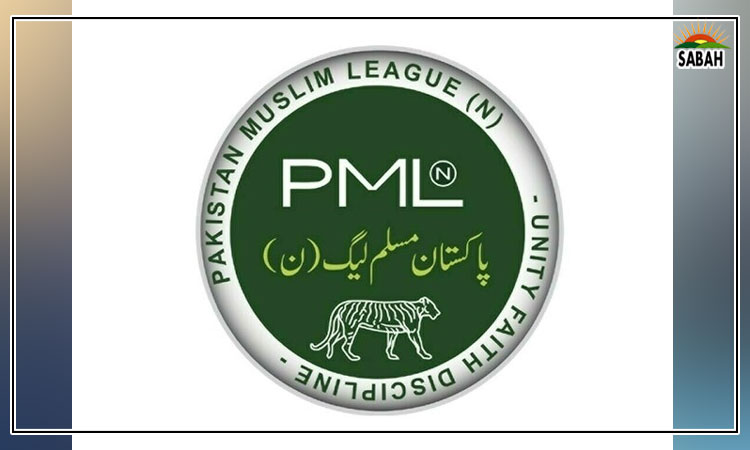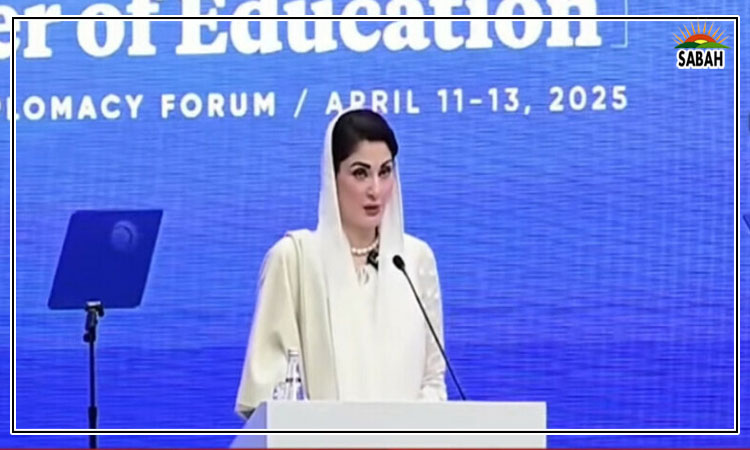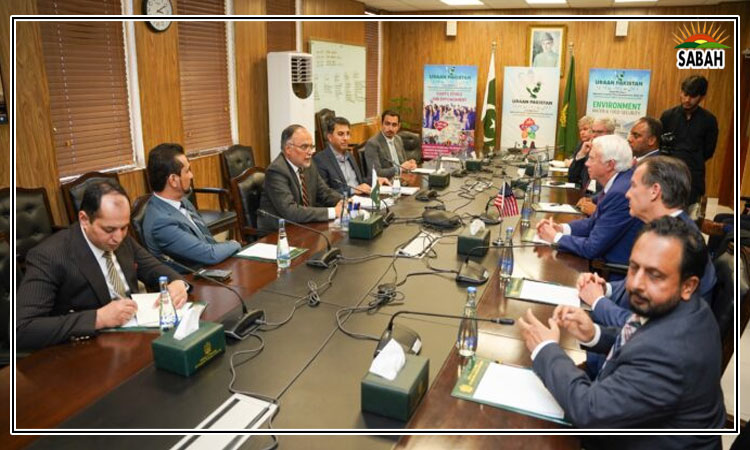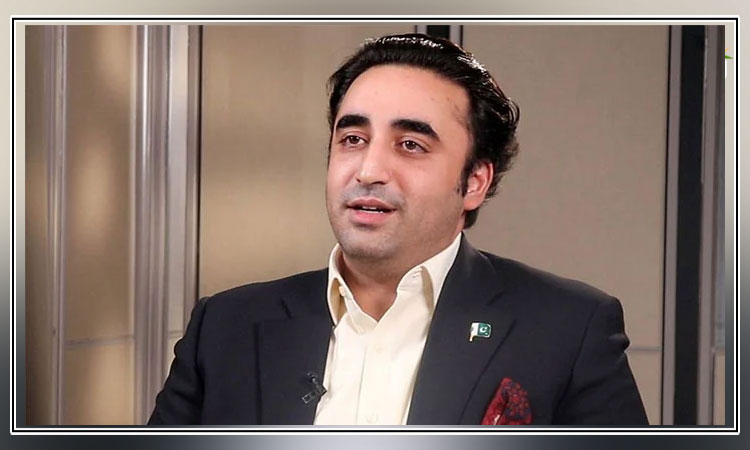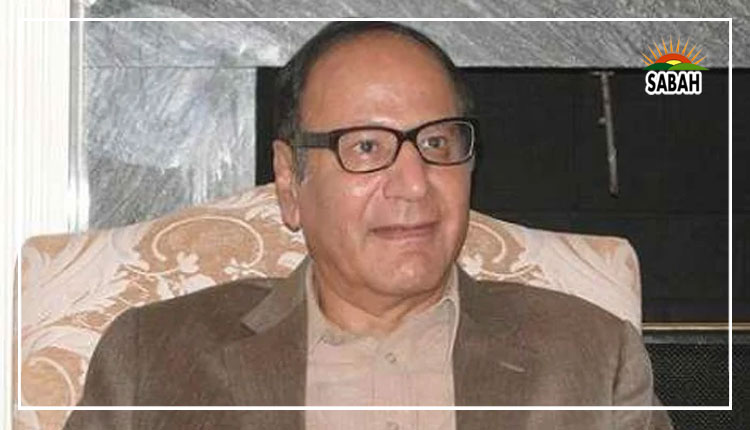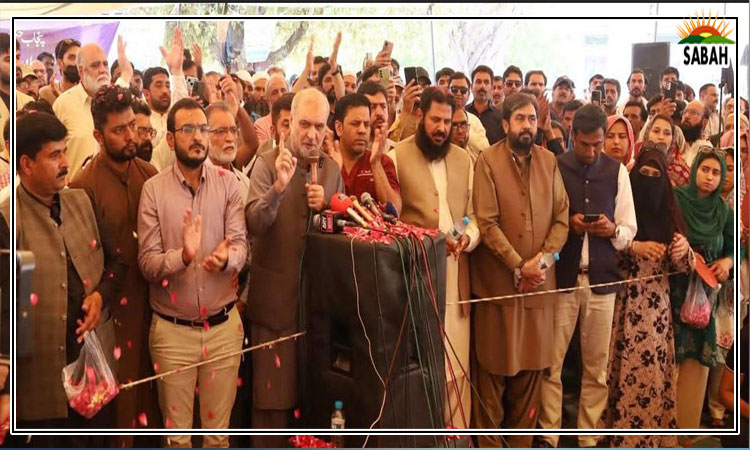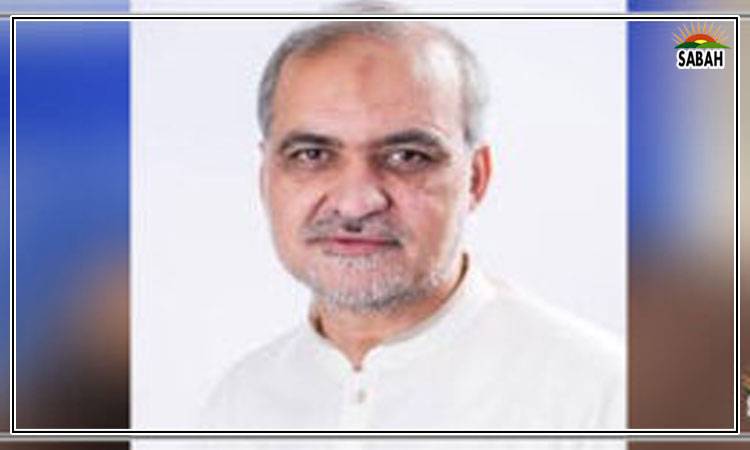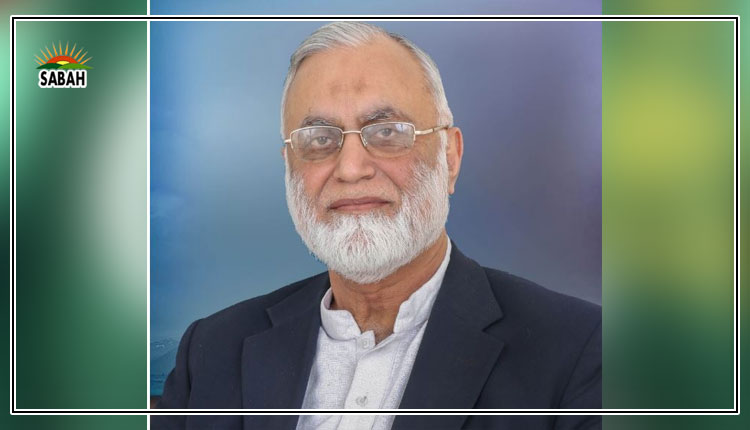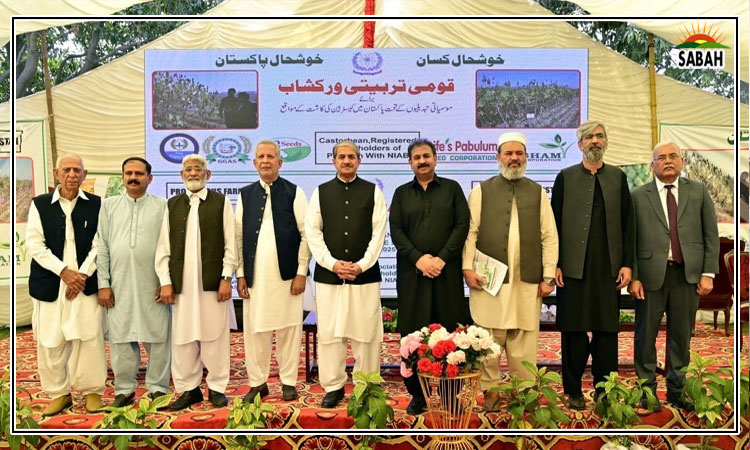Investing in food and water…. Aijaz A. Nizamani
PAKISTAN has reached its dead end of unproductive borrowing. The country is mired in a debt trap, with a national debt of over Rs63,000 billion and little to show for it. Hat in hand, we, as a nation, are now referred to as serial beggars, invariably showing up at the doors of the IMF and ‘friendly’ countries, expecting to be rescued. Unless we improve the quality of our public investment policy and back it with some serious planning, no one can rescue us from this ignominy.
The Gulf countries, which are sitting on sovereign wealth funds of around $3.5 trillion, are potential investors to whom we can present a compelling case. Two areas where we desperately need investment, and which can also be potentially attractive to investors, are the water and agriculture sectors. Unfortunately, the two sectors have traditionally been considered a government mandate. Our continued reliance on food imports and the general state of our agriculture shows that this approach has not served us well.
The Gulf and the wider Middle East are vastly rich. With a total population of nearly 400 million people (locals and migrants), they need to be food secure. Pakistan has around 48m acres of irrigated land — more than five times Egypt’s entire irrigated area — and has the capacity and potential to provide food for both Pakistan and the population of the Middle East given the right mix of investment in water infrastructure and farms.
Some fools may think we will starve if we export our food to the Middle East. The investment premise is that the gap between the potential and current production (where the system is starved of modern, productive investment) is too vast. The efficiency of the agriculture sector can be improved manifold, resulting in more produce for local consumption and for export to investor countries.
It must be acknowledged here that making the pitch will not be an easy task. The Middle Eastern investors expect a certain level of sophistication in investment pitches, being more used to working with global conglomerates, Indian tycoons and Silicon Valley start-ups which flock to Riyadh, Abu Dhabi, Dubai and Doha to raise investments for expansion or funding for their business plans.
A few years ago, we were told that CPEC would change the fortunes of the country. Many in the West cautioned us to be less optimistic. Apart from a few power plants, we have heard of few assets that have been funded under CPEC. And even if there are many more CPEC-funded assets, the key question remains: are they market enablers with private sector participation, or potential white elephants and a millstone around our neck?
The 2022 rains have shown us what climate change-induced rains can do to the agriculture and food security of Pakistan. These rains, particularly in Sindh, brought into sharp relief the state of the water sector and our irrigation infrastructure. It now appears that tens of billions of dollars will be required to be invested to make our agriculture truly resilient to climate change. We do not have such resources and nobody is willing to invest given the current quality of our investment plans.
The time has come for us to adapt and offer our irrigation and drainage sector for investment to our friends and partners in the Gulf. We know how open and helpful the Gulf countries have been to Pakistan. Given our natural resources and their food security needs, there can be a win-win — provided we can come up with solutions that are attractive to them while also being helpful to us.
The biggest hurdle will be overcoming the capacity issues of our generalist bureaucracy, which clearly lacks expertise in the water and agriculture sectors. What we have seen over the last one-and-a-half to two decades is that technical cadre civil servants — technocrats like irrigation officials or people serving as agricultural researchers and foresters — have been completely marginalised, while key advisory roles have been taken over by officers from the generalist cadres. It is the latter who now take advice to policymakers, including ministers, chief ministers or prime ministers of the country. This is too serious a hurdle, and it appears that too few people outside the civil services are aware of this systemic dysfunctionality.
The hurdles on the investor side are no less formidable. Generally, infrastructure components in the modern economy are considered to be roads, ports, power houses and major bridges. Sectors like the irrigation network and agriculture are not considered infrastructure worthy of private investor interest. The problem is compounded by business schools, which hardly teach — or for that matter, understand — the potential in agriculture and irrigation. They are viewed usually from the perspective of poverty reduction, rather than as engines to stimulate macroeconomic growth.
A valid question could be that agriculture and water (at the canal and barrage level) are provincial subjects, so how can the federal government play a role? The federal government or the Planning Commission can at least come up with a simplified plan and roadmap to encourage and facilitate investment.
We saw in the recent Geneva conference that the international community is more than willing to help Pakistan. It expects enabling policies and quality plans to help make the people of Pakistan resilient to climate change. Saudi Arabia is reportedly interested in investing $10bn in Pakistan; Pakistan’s water sector should be open to this investment.
The lack of capacity within our bureaucracy and on the investors’ side can be overcome. Our policymakers should present a strong case to the investing houses in the Gulf countries and present a vision that works both for investors and Pakistan’s agriculture and water sectors.


